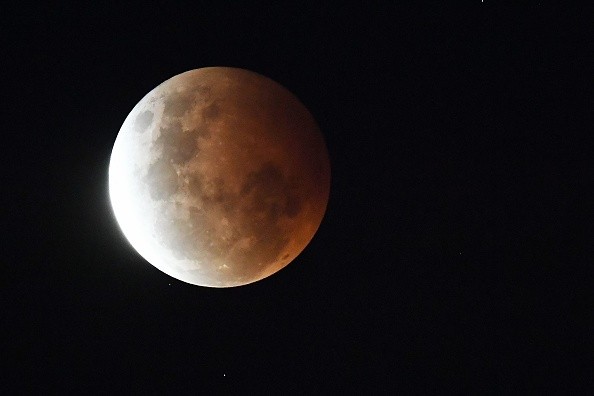November will be dominated by meteor showers, but the month's last astronomical event will eventually become the center of attention.
Throughout November, a trio of meteor showers will light up the night sky, but the biggest meteorological event of the month will take place later on and maybe worth getting up in the middle of the night to witness.
A pair of meteor showers occurred in October, but skywatchers found it difficult to see them. During the Draconids, clouds covered the sky throughout most of North America, and the full Hunter's Moon made it impossible to see the Orionids.
The meteor showers in November will provide greater chances to see a shooting star or maybe an extremely luminous fireball.

Taurid Meteor Shower
When: At the beginning of November.
November's first two meteor showers aren't exceptionally bright, but on a clear night in the first half of the month, they could be worth a look.
During the week one of November, the Southern Taurid meteor shower will peak and then a week later the Northern Taurids will peak.
Both showers have extended peaks rather than a single night's peak, and they only produce around five meteors each hour. Both showers, on the other hand, are noted for their stunning fireballs.
Some meteors may occur after sunset, as they do with many meteor showers, but the optimum time to see the Taurids will be after midnight, local time. Meteors and fireballs will streak anywhere in the sky, so onlookers don't have to stare in a certain direction.
Also Read: 66-Year-Old Woman Woken Up by Meteorite Crashing Through the Roof on Her Bed
Leonid Meteor Shower
When: November 17 and 18
The Leonid meteor shower, which will peak on the night of Wednesday, Nov. 17, into the early hours of Thursday. Nov. 18, might be the most active of the month.
Per the American Meteor Society, the Leonids are famous for causing asteroid showers in 1833, 1866, 1966, 1999, and 2001. Hourly rates were from 1,000 to 100,000 meteors per hour during these outbursts, resulting in some of the most stunning displays in recent history.
Unfortunately, such an outburst is unlikely this year, with just 10 to 15 meteors per hour forecast.

Partial Lunar Eclipse
When: November 19
A magnificent lunar eclipse will unfold in the sky over North America during the third week of November, making it one of the top astronomical events of 2021.
This will be the first time since Jan. 20, 2019, that a partial or complete lunar eclipse will be visible throughout all of North America. Since 2019, multiple penumbral lunar eclipses have been visible over the continent, however penumbral eclipses are frequently dull and difficult to observe.
90% of the moon will travel under Earth's dark inner shadow during the forthcoming eclipse. This will make it more stunning than most partial lunar eclipses, and it will come close to becoming a complete lunar eclipse when the moon passes into Earth's inner shadow 100% of the time.
Because the eclipse will take place in the middle of the night, viewers will need good weather and maybe a strong cup of coffee to see it unfold.
The partial lunar eclipse in November will serve as a glimpse of what's to come in 2022. A complete lunar eclipse will be seen in the eastern United States in May, while a total lunar eclipse will be visible in the western United States in November.
Related Article: 2021 Orionid Meteor Shower is Nearing its Peak: Here's When and How to View This Celestial Show
For more news, updates about meteor showers and similar topics don't forget to follow Nature World News!
© 2026 NatureWorldNews.com All rights reserved. Do not reproduce without permission.





